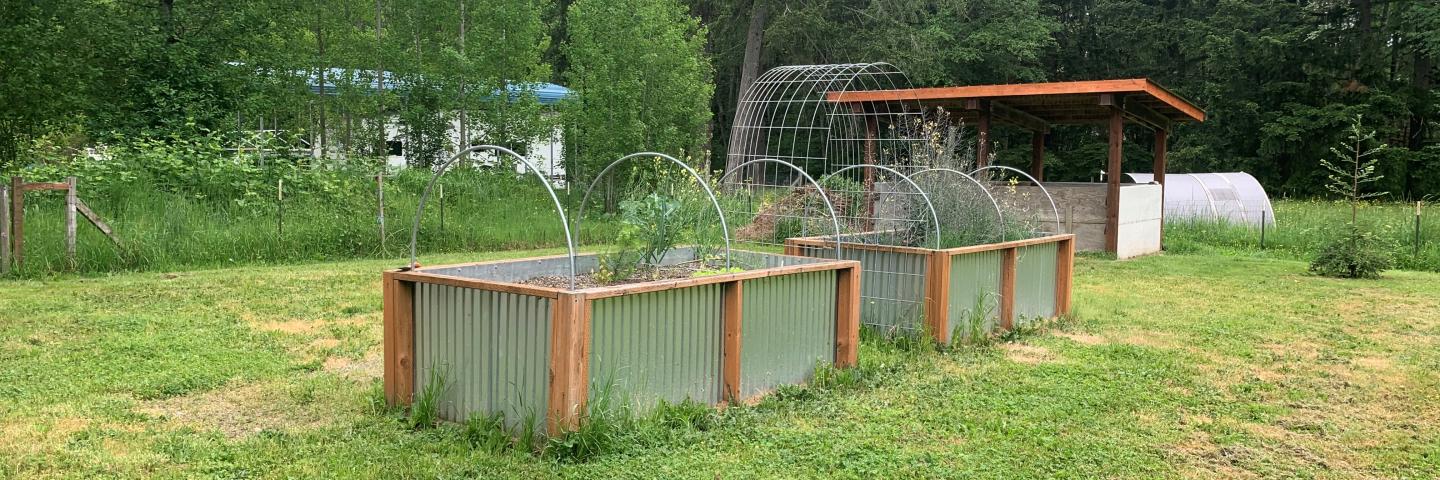
NRCS national headquarters recently approved variances that will assist producers with limited mobility.
By Robert D. Evans
NRCS-WA State Resource Conservationist
SPOKANE VALLEY, Wash. — While working in California as a Soil Conservationist, I had the privilege to work with a disabled veteran client, a medically retired Navy SEAL, who was severely physically limited as a result of substantial injuries he sustained in the line of duty. My relationships with our clients had always been important to me, to best serve them I wanted to learn about them, their families, their goals, and their aspirations. His life’s story was especially impactful,telling me (what he could) about his active duty and the difficult years that followed as he readjusted to civilian life and the challenges he faced. Keeping himself busy was very important and is he is a highly motivated entrepreneur andadvocate for veterans. He and his family bought a ranch and were interested in agricultural production. I walked him through our programs, and he was especially keen on getting a high tunnel. However, the conservation practice standard did not allow for us to utilize raised beds or benches that he was able to utilize.
I strongly believe in equity, inclusion, and the healing that agriculture can offer. This dilemma has greatly bothered me over the years, it troubled me that our practice standard did not allow us to plan the high tunnel to his needed specifications. As State Resource Conservationist, my team recently took the opportunity to right this situation and it’s my honor to say that NRCS-WA’s requested variance has been approved by our National Headquarters. It is my hope that other states can utilize this approved variance to better assist our clients.
NRCS National Headquarters has approved two variance requests from NRCS-WA regarding height limitations for raised beds to support clients who have limited mobility, thus making agriculture more accessible and inclusive for all. These impacted practices are High Tunnel Systems (CPS 325) and Raised Beds (ICPS 812). CPS 325 has allowed for raised beds to be installed, however they were limited to a maximum of one foot in height. Similarly, ICPS 812 allowed for a maximum height of 24 inches (unless installed in a High Tunnel System). The variances for these two practices now allow for a maximum height of 48 inches and a low forward reach of 15 inches; these changes will substantially benefit accessibility for clients with limited mobility.
Additionally, the ICPS 812 variance also allows for raised beds to be planned on soils with limiting physical properties, whereas it was previously only allowed on contaminated soils. As Rebecca Anderson Bellanca stated in our variance request, “Many in situ soils in Washington are unsuitable for production due to dense continental or alpine glacial till deposits and/or near-surface bedrock. Soils formed in recent glacial deposits or residuum have a number of limiting physical properties that can be prohibitive to production. Rooting zones in soils formed in glacial deposits can have a root restrictive layer such as dense till and/or aquic or saturated conditions from high water tables. Coarsetextured skeletal glacial soils also commonly have high quantities of rock fragments near the surface which can limit available water holding capacity as well as ability to perform tillage operations. Due to the underlying bedrock throughout much of Washington, other soils may have limited rooting depth due to lithic contacts within the rooting zone. Certain areas of the state also have salinity or caliche layers which affect plant growth. These limiting soil properties diminish plant production and create a need for implementation of Raised Beds on sites with these soil properties.”
This is just one of many examples of how NRCS-WA is looking to update our practices to better serve producers inour state. We seek to eliminate as many barriers as possible throughout the state, in order to better affect conservation, and make it inclusive to our diverse population. If you are aware of limitations within our practice standards that you feel would help us in this venture, please share them with your local working group or send them to me directly (robert.d.evans@usda.gov).

